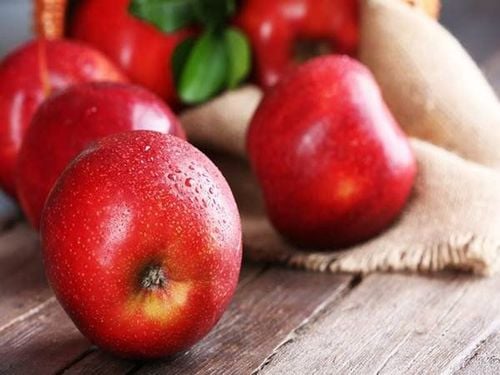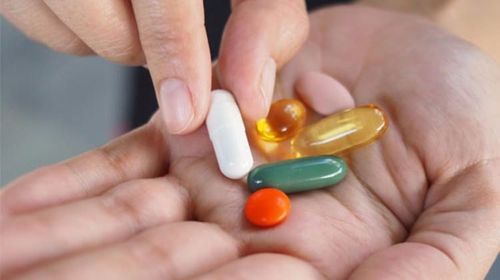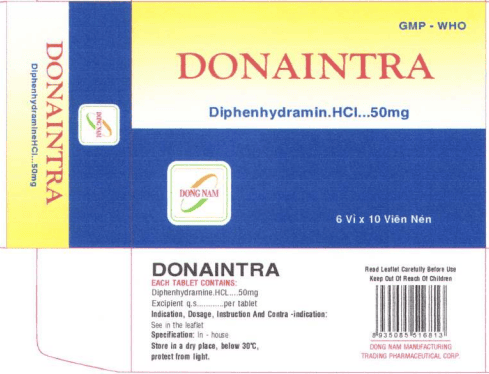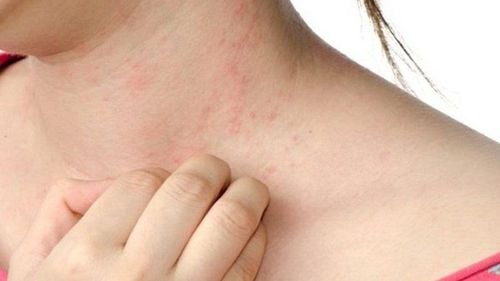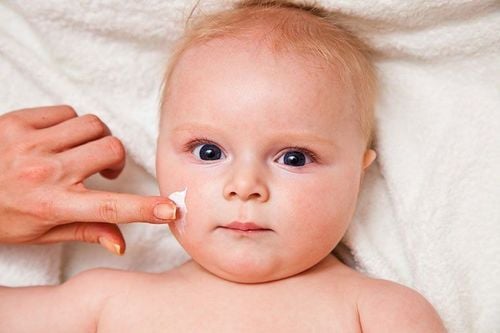This is an automatically translated article.
The article was written by Master, Doctor Ta Que Phuong - Department of General Internal Medicine - Vinmec Times City International General Hospital.If you suspect that you or your child may have a food allergy, it is important to see a clinician for evaluation. They will learn about your history and do tests to determine if you have a true food allergy and need to avoid a particular food. Taken together, all of this information can help clinicians diagnose food allergies.
1. Diagnosing Food Allergies
Medical history: During the examination, your doctor will ask questions about your previous reactions to food, such as:What symptoms did you have? What specific food do you think caused the reaction? Have you eaten this food before? If yes, how often have you eaten it, when was the last time you ate it and have you eaten it without any reaction? How much food did you eat? What other foods did you eat at that time? Do you know all the ingredients of the food you ate? Includes all foods: appetizers, main courses, sauces, dressings, sandwiches, drinks and side dishes. How was the food prepared? For example, can foods that have been fried in oil be used to make other foods? Should any of the following be eaten: peanuts, tree nuts, shellfish, fish, milk, eggs, wheat or soy? How much time passes from the time the food is eaten until the first symptoms appear? Do you exercise or do other physical activities after eating? Do you take any medications, herbs, vitamins, over-the-counter medications, or drink any alcohol before or after eating? How is the reaction handled? Did it go away on its own without treatment or did you take any medications? How long has the medication been continued and are there any symptoms after that? Depending on the answers to these questions and the physical exam, the clinician may decide to order blood tests. In other cases, they will refer you to a specialist (such as an allergist or gastroenterologist) for further evaluation.
Allergy testing: Food allergy testing usually includes skin testing and/or blood testing. Depending on the situation, tests may be done to determine if a person is allergic to pollen, insects, rubber, and other allergens. However, testing is only recommended if the person is suspected of having an allergy. For example, if a person has a reaction after eating peanuts but has never had a reaction to wheat or eggs and eats them regularly, then testing for allergies to wheat or eggs is not necessary. Both skin tests and blood tests are not sufficient to diagnose a food allergy; The doctor must also consider the person's medical history and other supporting information.
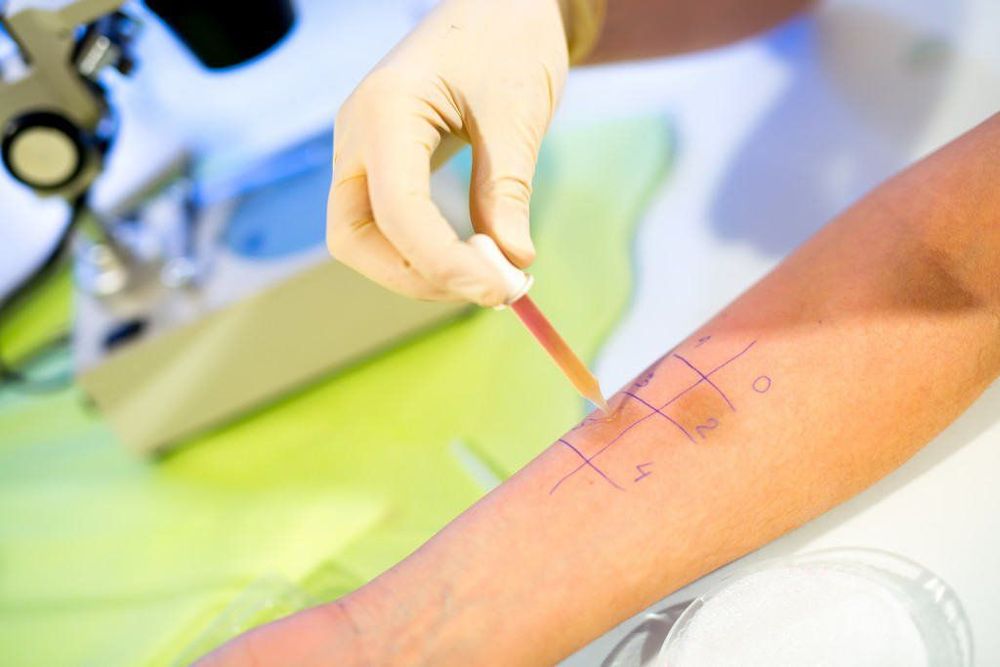
Skin tests can be performed on adults and children. If the person is allergic to the food used in the test, an itchy rash (hive) will form where the skin was pricked. After a while, the specialist will examine the skin to see if the hives have developed and measure the size if any. This can help inform the diagnosis, although the clinician will also use other information.
Blood tests: C can check if a person has IgE antibodies in their system. Blood tests are widely available and do not require an allergist to perform the test. However, it may be advisable to consult an allergist to interpret the results of the test.
Diet - An elimination diet is a specially designed diet that eliminates one or more foods or food groups from a person's diet for a period of time. The food is then added back to see if signs or symptoms of an allergy develop.
An elimination diet may be recommended as part of the process of determining if a person has a food allergy. An allergist or nutritionist must be involved in the design of a diet because avoiding whole food groups (e.g. dairy) can lead to malnutrition, especially in infants and children. It is important to remember that an elimination diet by itself does not usually lead to a diagnosis of a food allergy.
On an elimination diet, it is important to read food labels carefully. In the United States, the Food Allergen Labeling and Consumer Protection Act mandates that nutrition labels on food packaging clearly identify eight specific food allergens (milk, eggs, fish, crustaceans, tree nuts, peanuts, wheat and soybeans), although other foods may still appear under many names. Also, it's important to understand that "replacement" foods, which reduce or eliminate fats or other ingredients from foods, may still contain allergenic proteins. For example, some egg substitutes (which are lower in cholesterol) still contain the protein in egg whites.
Food diary: Your clinician may suggest keeping a complete record of everything you eat over a period of time, including all foods, beverages, condiments, and confectionery. A table to record this information is available. For an elimination diet, it's important to remember that a food diary by itself does not usually lead to a diagnosis of a food allergy.
Food challenge: If it is not clear whether a person has a food allergy based on their medical history and allergy test results, the clinician may recommend a "food challenge" medical supervision. This may also be recommended if there is reason to believe that the food allergy is improving or has resolved. In addition, some foods such as eggs and milk become less allergenic when they are overheated (e.g. baked in bread or muffins), and a challenge can be made to find understand if the person can eat food in this form.
The food challenge is done in a hospital or allergy clinic; it involves feeding the person small amounts of potentially allergenic foods. After eating the first food sample, the person is observed for 10 to 30 minutes. If there is no reaction, the amount of food will be slightly larger. This process is continued for about 90 minutes or more. If the person develops signs or symptoms of an allergic reaction, the food challenge is stopped immediately and treatment if necessary.
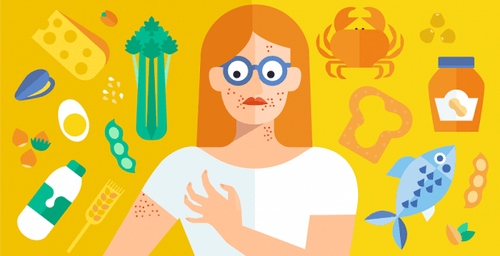
Prepare for a food challenge: Your doctor or nurse will give you specific instructions before challenging a food. It is important to prepare by not eating or drinking for two hours before the test, and some medications may need to be stopped several days or weeks before. If you have an epinephrine auto-injector, you should bring it with you to your food challenge in case you develop a delayed allergic reaction on the way home. If there is no reaction in a food challenge - If you take a food challenge to find out if you have an allergy and you do not have any signs of an allergic reaction in a food challenge , chances are you are not allergic to that food. However, you can still be allergic to other foods, so make sure you understand whether and when to continue avoiding these foods. If you've ever had a food allergy (such as eggs or milk) but overcame the challenge with that food in an overheated form, you still need to be careful to avoid raw or uncooked foods. ripe. For example, a person with a milk allergy can eat bread or processed foods that contain milk but still need to avoid drinking milk and eating dairy products such as cheese or yogurt. Your doctor or nurse will discuss your food challenge results and make recommendations about what to do next.
2. When to see a doctor?
Sometimes it is difficult to tell if a reaction is due to a food allergy or a food intolerance. Anyone who has one or more of the following symptoms after eating should seek medical attention:Nausea or vomiting Cramping, abdominal pain or diarrhea, especially if there is blood or mucus in the stool Itching or raised red marks on the stool skin Flushed (red, warm) skin Swelling of lips, mouth, face, or throat Wheezing, coughing, or trouble breathing Lightheadedness or unconsciousness Having a food allergy can be a challenge. But you can live a full life and enjoy cooking and eating, as long as you're prepared to recognize and treat the symptoms of an allergic reaction.
Please dial HOTLINE for more information or register for an appointment HERE. Download MyVinmec app to make appointments faster and to manage your bookings easily.





